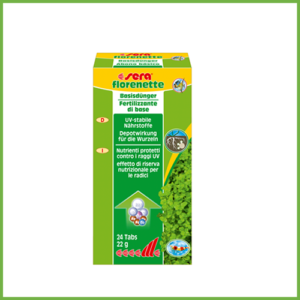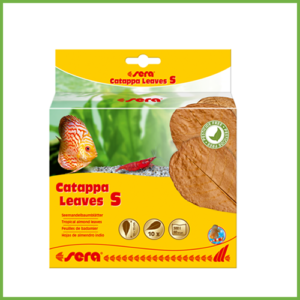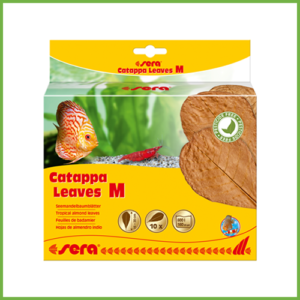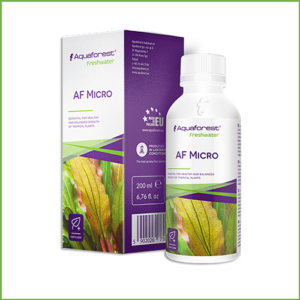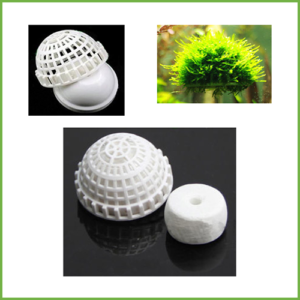Description
2hr Aquarist Estimative Index (e)
The 2HR Aquarist APT Estimative Index (e) provides an easy approach to practice Tom Barr’s famous fertilisation regime, with adjustments based on our proprietary Capstone Formula. Use it for the quintessential EI experience of peerless growth speed through unlimited nutrition- but make sure that you are equally disciplined in plant husbandry and maintenance.
This modified Estimative Index formula is specifically calibrated for nutrient-hungry ‘Dutch Style’ tanks with plants that prefer richer water column dosing in CO2-rich environments. APT Estimative Index (e) is a boldly concentrated ratio of macro NPK, micro and trace elements for deeper greens, richer reds and superior growth.
An overview of the EI methodology can be found here.
Dosage:
2ml per 100ml daily or 5ml per 100L 3 times per week
Each dose of 5ml per 100L adds 5ppm Potassium (K), 4.6ppm Nitrogen (NO3), 1.5ppm Phosphorus (PO4), 0.16ppm Iron (Fe) and Trace Elements. Sedimentation / Crystallization is normal and may cause contents to appear cloudy.
Our Standard 300ml Pack comes with a calibrated pump. Lasts ~3mths for a 40 Gal / 150L aquarium.
Ingredients:
- 1.6% Total Nitrogen (N)
- 1.6% nitric nitrogen
- 1.7% Total Phosphorus pentoxide (P2O5)
- 8.5% Total Potassium oxide (K2O)
- 1.6% Magnesium oxide (MgO)
- 0.18% Total Iron chelated by EDTA, DTPA and EDDHA.
Micronutrients and trace amounts of:
- Boron (B)
- Copper (Cu)
- Manganese (Mn)
- Molybdenum (Mo) and
- Zinc (Zn)

When might APT not work?
In new aquariums
It is normal for tanks less than 6 months old to have various bouts of algae issues, most of which can be avoided with proper cycling prior to planting. APT cannot compensate for inadequate cycling.
It is also normal for plants to take several weeks to adapt. APT helps to speed up the process, but you still need patience. In tanks without CO2, this takes 2-3 months. Adaptation may involve shedding leaves (yes!) and / or having leaves that appear deformed. The hardest, yet most effective response is to tinker less and provide a stable tank environment for the plants to adapt. Look for improvement in new leaves, not old ones.
In mature aquariums
A mature tank can respond to better nutrition in several ways. The best (and most common) outcome is healthier new growth. Old leaves do not rejuvenate even when conditions improve, and may even deteriorate faster, as we explain here.
In rare cases, better nutrition can seemingly trigger algae. This can happen:
(a) if there is prior accumulation of organic waste, especially on mosses and slow growers. When plants adjust to a new nutritional environment, they release proteins that serve as food for algae. The combination of accumulated organic waste + excreted proteins can be a trigger for algae.
(b) if volatile organic matter is released due to replanting or cleaning. In mature tanks, volatile organic matter builds up naturally in the substrate and hard-to-reach corners. When inadvertently released, often coincidentally with improved nutrition, algae can bloom. This can be avoided by performing thorough water change the 2Hr way after replanting / revamping the tank.
(c) if seemingly ‘OK’ plants (especially slow growers like Mosses, Bucephalandra, Crypts, Java Fern, Anubias, Alternanthera species etc.) are actually not as healthy as they appear. Plants often respond to improved tank conditions (better nutrition, or lighting, or CO2…) by accelerating the shedding of older, less healthy leaves. This attracts algae, which help in the decomposition process. Slow growers that are not healthy are especially hard to spot, as they can be in ‘Zombie’ states for a long time, as we describe here.
(d) finally, if you are making a drastic change in dosing regime (e.g. very lean to something alot richer, or vice versa), this forces plants to reprogram their cells to adapt and this process almost certainly triggers algae. A gradual transition over 2-3 weeks often helps. But the longer slow-growers have adapted to a particular environment, the harder it is for them to ‘switch’.
Fertilizer dosing guide for planted aquariums – when to dose more or less.


